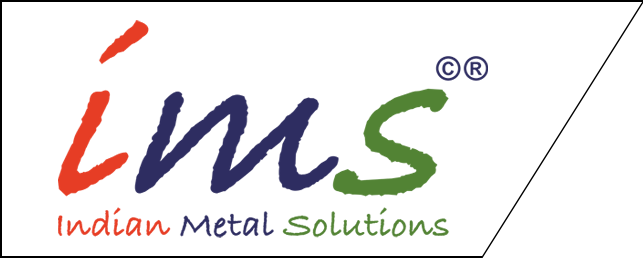A Regulatory Nudge Towards Greener Pastures
The European Union’s RoHS Directive has been a game-changer, pushing industries towards lead-free materials. Currently, the RoHS Directive Exemption 6(c) allows up to 4% lead in copper alloys, but this is set to change by July 2024, with full revocation expected by 2026–27 (Draft Expiry Dates for Key RoHS Lead Exemptions). This shift, along with the REACH classification of lead as a Substance of Very High Concern (SVHC), underscores the urgency for manufacturers to switch to lead-free alternatives. By 2021, lead was restricted in consumer products, highlighting the need for sustainable solutions like IMS’s IS 4413/81 lead-free brass rods.
Unmatched Mechanical Prowess

Lead-free brass rods, such as the C69300 alloy, boast mechanical properties that rival traditional leaded brass. With tensile strength ranging from 380 to 420 MPa and yield strength between 200 and 240 MPa, these rods deliver enhanced durability and performance. While machinability is slightly lower than C36000 leaded brass, strategic alloying with silicon, bismuth, aluminum, iron and nickel—validated in a DIVA Portal machinability study—optimizes cutting performance. These enhancements ensure comparable corrosion resistance and strength, making them ideal for demanding applications. For more on our manufacturing capabilities, see our IMS Copper & Copper Alloys Extrusion page.
From Precision Forging to Watchmaking: Real-World Wonders

The versatility of lead-free brass rods shines through in their diverse applications. In one case, a blanking and riveting line was converted to lead-free brass—initial scrap rate was 7%, but after process optimizations, it dropped to less than 2%. Throughput remained at 1200 blanks per minute following a tooling upgrade, and waste was slashed by 15% through nesting optimization. This project leveraged a blanking line conversion and self-piercing riveting techniques to demonstrate practical benefits in real-world manufacturing.
IMS: Leading the Charge in Sustainable Alloy Innovation
IMS’s IS 4413/81 lead-free brass rods balance environmental compliance with high-performance demands, securing our leadership position. An IMS expert explains, “Achieving machinability and strength on par with leaded brasses required precise Si and Bi alloying. Our IS 4413/81 grade balances compliance with demanding forging and machining cycles.”
Beyond Compliance: The True Benefits of Lead-Free Brass Rods
Eliminating lead—a toxic element—from the manufacturing process contributes to a cleaner environment and improved workplace safety. Combined with enhanced machinability and strength, these rods are perfect for automotive, electronics, watchmaking and more. Manufacturers prioritizing sustainability will find lead-free brass rods indispensable for future-proof production. Learn about our rigorous IMS Quality Management practices.
A Sustainable Future Beckons
The shift to lead-free brass rods is a crucial step towards sustainable manufacturing. With regulatory pressures mounting and the demand for eco-friendly solutions growing, IMS’s lead-free brass rods offer a viable, high-performance alternative. Embrace these innovative materials to comply with regulations and contribute to a more sustainable future.
Download our full range of materials: IMS Product Catalogue
